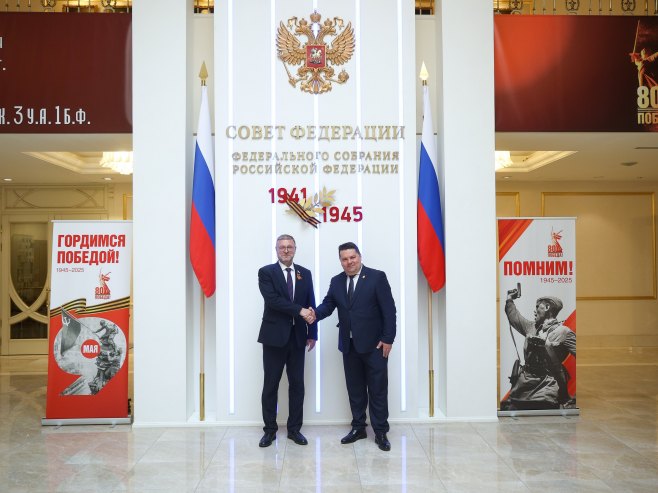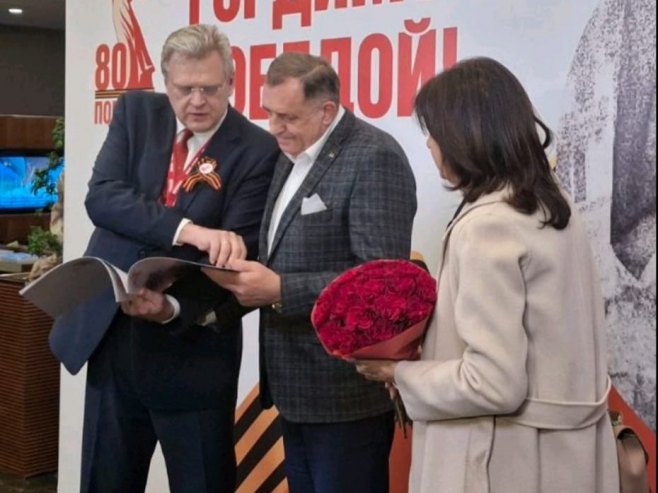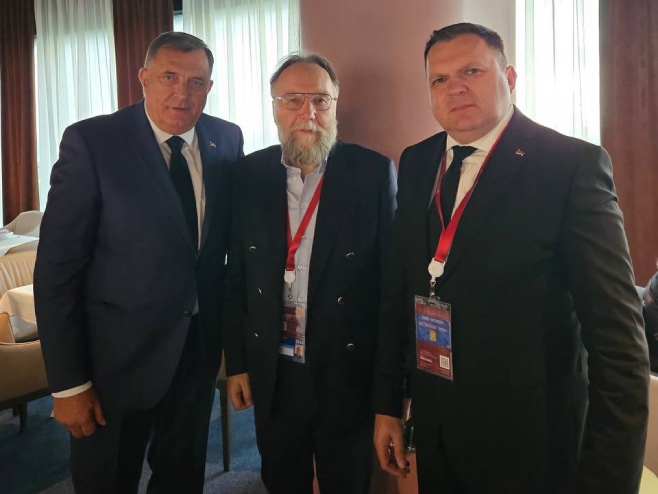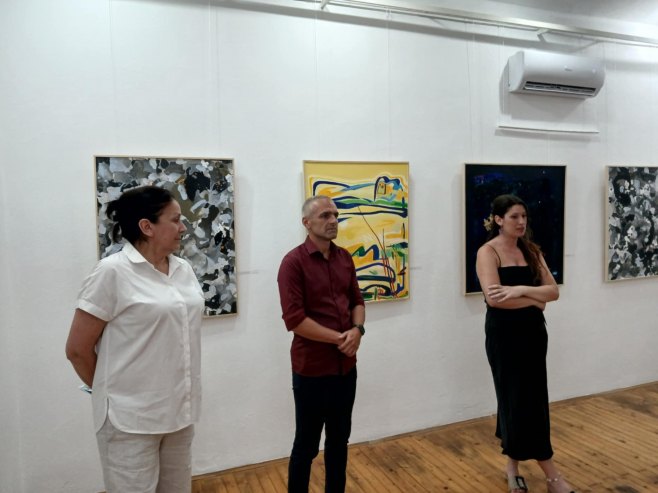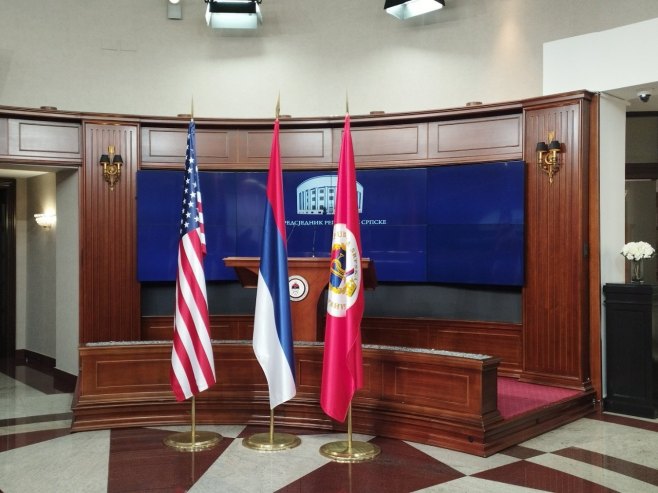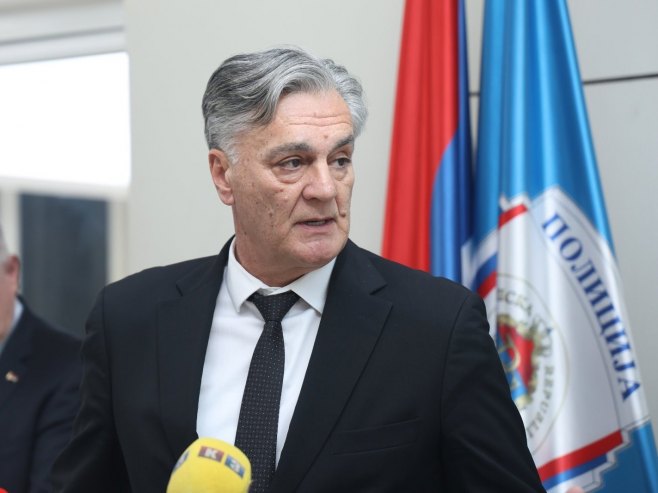Serb scientist Ivana Muncie-Vasić is developing a new generation of in vitro fertilization to make therapy more accessible for patients, and her expertise was developed under the supervision of a Nobel laureate.
Forbes has released its new “30 Under 30” list for 2024 in North America, and among the selected, there’s only one individual from our region, but with an intriguing biography Ivana Muncie-Vasic.
She made it into the chosen circle in the Healthcare category, alongside young people who have contributed to preserving lives and creating a fairer future.
At 29 years old, Ivana resides in San Francisco and is the founder and director of Vitra Labs. As Forbes outlined in her biography, she is developing a new generation of in vitro fertilization. The company’s technology is based on stem cell research conducted during her doctoral studies at the University of California, San Francisco.
The company, where Ivana collaborates with three other scientists, secured $4.2 million from investors, which is being used to develop a platform for cell engineering with a broad range of therapeutic applications.
She earned her doctorate from the University of California, completed her undergraduate studies at the University of Arizona, and gained knowledge at the International High School Honoré de Balzac in Paris.
According to Vitra Labs’ website, they are designing a new future for fertility. They are developing stem cell-based therapies that have the potential to make in vitro fertilization safer and more accessible for all patients struggling with infertility.
She established the company two years ago, in December 2021, after working at the Gladstone Institute for nearly six years.
What’s particularly interesting is that for the last two years, she worked on postdoctoral research with Dr. Shinya Yamanaka as the lead researcher. This Japanese scientist received the Nobel Prize in Medicine in 2012, sharing it with John B. Gurdon, for the discovery that “mature cells can be reprogrammed to become pluripotent.”
Ivana spent three months as a researcher at the NASA research center and four months as a chemical engineer at Intel Corporation.
At last year’s Biotechnology Forum, where company founders gather, she mentioned that in vitro fertilization was designed 40 years ago, but there have been few innovations since, and the success rate of the procedure remains a significant challenge for patients, who often require multiple attempts.
“I recently discovered that one of the reasons for poor embryo viability is that many embryos are extremely sensitive to the plastic cell culture dishes in which they are grown before being frozen. It seems to me that this is a problem that is very easy to solve and can be done by someone who understands this microenvironment. This is one of the easier problems to solve, which no one has addressed, and it can dramatically increase chances and reduce costs for women who want to conceive but find in vitro fertilization expensive and cannot afford multiple attempts or do not want to go through it,” said Vasić.
Ivana visited Serbia, and in mid-August, she held a lecture on stem cells and cell structure in Niš. The lecture was organized by the Mathematical Institute of the Serbian Academy of Sciences and Arts.
She has published numerous scientific papers and received a significant number of awards and recognitions.
A month ago, she married Jonathon Muncie, who is also a researcher or biomedical engineer and has conducted research at the Gladstone Institute. According to social media, he added Ivana’s last name and signs as Jon Muncie-Vasić.
